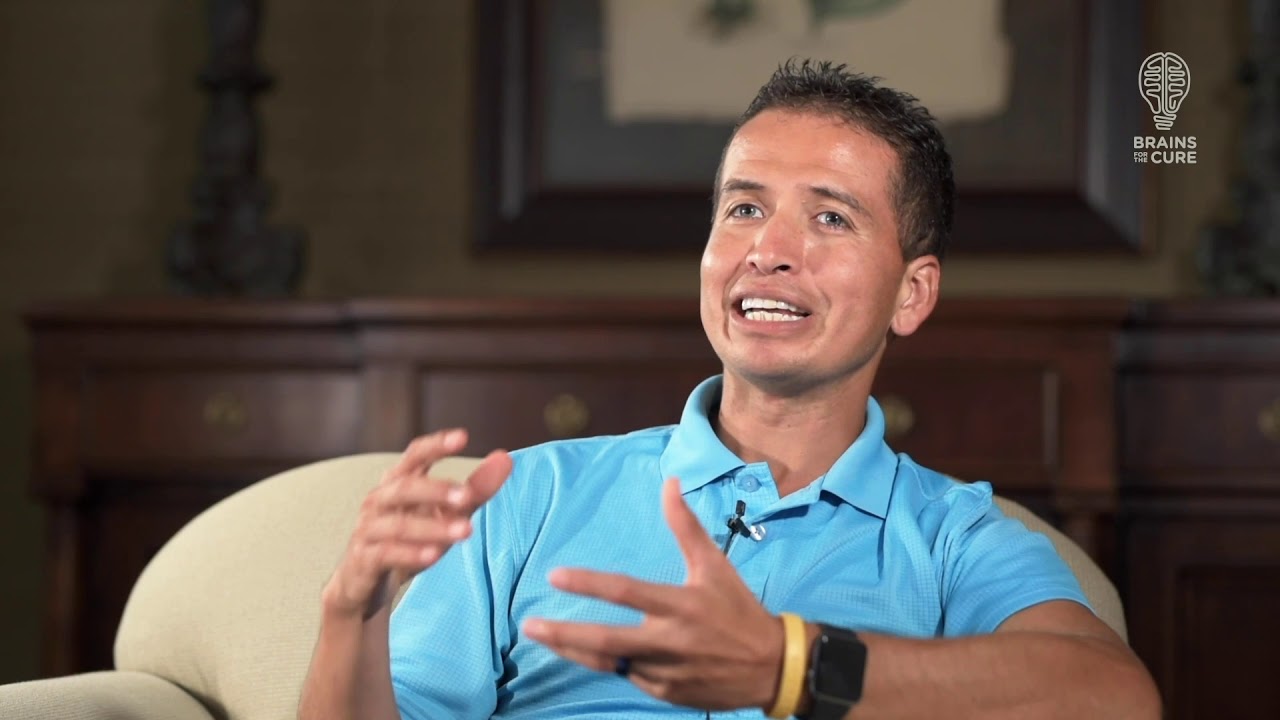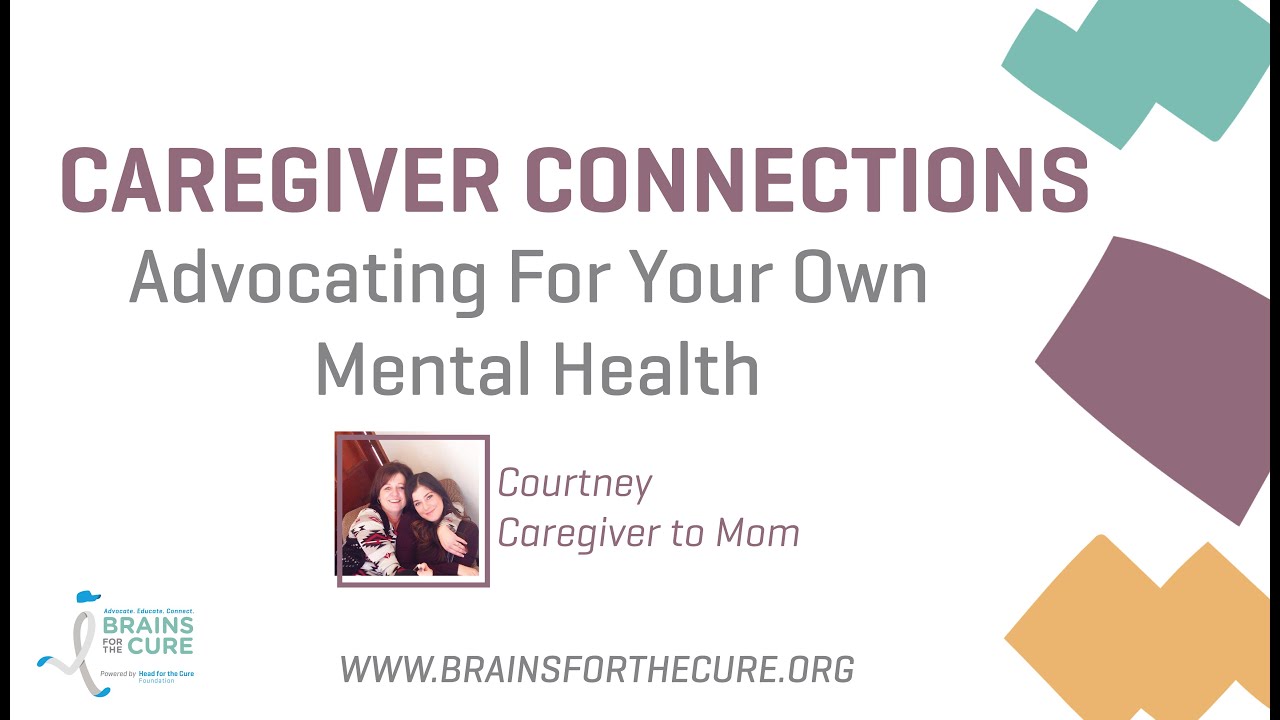Caregiver Questionnaire
JPH Guide
M: Diffuse Intrinsic Pontine Glioma (DIPG)
Medical
Medical: DIPG
Medical: Tumor Types
My DIPG Navigator and the ChadTough Defeat DIPG Foundation

The thought of embracing my new identity as a brain tumor patient was a daunting journey filled with uncertainties and challenges. However, it was essential to remember that my identity is not solely defined by my medical condition. While it undoubtedly plays a significant role in my life, it doesn’t overshadow the other aspects of who I am as a person. Here are some steps that helped me navigate and embrace my new identity:
Acknowledge Your Feelings: It’s okay to feel a range of emotions, including fear, anger, sadness, and even relief. Acknowledge these feelings and allow yourself to experience them without judgment. Talking to a therapist or joining a support group can provide a safe space to express and process your emotions. When I was diagnosed It took me some time to come to terms with the severity of this disease. Once I was comfortable, I started talking to others about my story and listen to others talk about their journey with brain cancer and it really helped me cope and fight harder.
Educate Yourself: Knowledge is power. Take the time to learn about your condition, treatment options, and potential outcomes. Understanding what you’re facing can help alleviate some of the fear and uncertainty surrounding your diagnosis.
Seek Support: Surround yourself with a supportive network of friends, family, and healthcare professionals who can offer emotional support, practical assistance, and guidance throughout your journey. Don’t hesitate to lean on them when you need help or encouragement. My close circle of family and friends saved my mental and emotional health by being that support system I needed.
Focus on What You Can Control: While you may not have control over your diagnosis, you can control how you respond to it. Focus on taking care of yourself physically, emotionally, and mentally. This may include maintaining a healthy lifestyle, practicing self-care activities, and cultivating a positive mindset. Every day I would go to the mirror and tell myself, “I am going to beat this.” Even just the smallest thing that I was in control of, helped me have a better mindset every day.
Set Realistic Goals: Establishing achievable goals can give you a sense of purpose and direction. These goals can be related to your treatment, recovery, or personal interests and hobbies. Celebrate your achievements, no matter how small they may seem. I would tell myself that I was going to make it to Halloween, then Halloween turned into Thanksgiving, then Christmas, and so on. Each yearly milestone that I made it too, was a victory that I celebrated.
Stay Connected to Your Identity: Your identity extends beyond your diagnosis. Don’t lose sight of the things that bring you joy and fulfillment in life, whether it’s spending time with loved ones, pursuing hobbies, or engaging in meaningful activities. Stay connected to these aspects of your identity to maintain a sense of normalcy and continuity amidst the changes. During treatment I still tried my hardest to continue doing the things I loved most. Spending time with friends and family, skateboarding, riding my motorcycle, and frequenting my favorite coffee shop with my wife every Sunday. It was important for me to still enjoy my life.
Be Patient with Yourself: Healing takes time, both physically and emotionally. Be patient with yourself as you navigate this journey. Give yourself permission to grieve, to rest, and to ask for help when you need it. Remember that it’s okay not to have all the answers and to take things one step at a time.
Embracing your new identity as a brain tumor patient is a process that unfolds over time. By acknowledging your feelings, seeking support, staying connected to your identity, and practicing self-care, you can navigate this journey with resilience and strength. Remember that you are more than your diagnosis, and your identity is defined by the sum of your experiences, strengths, and aspirations.
Read More



